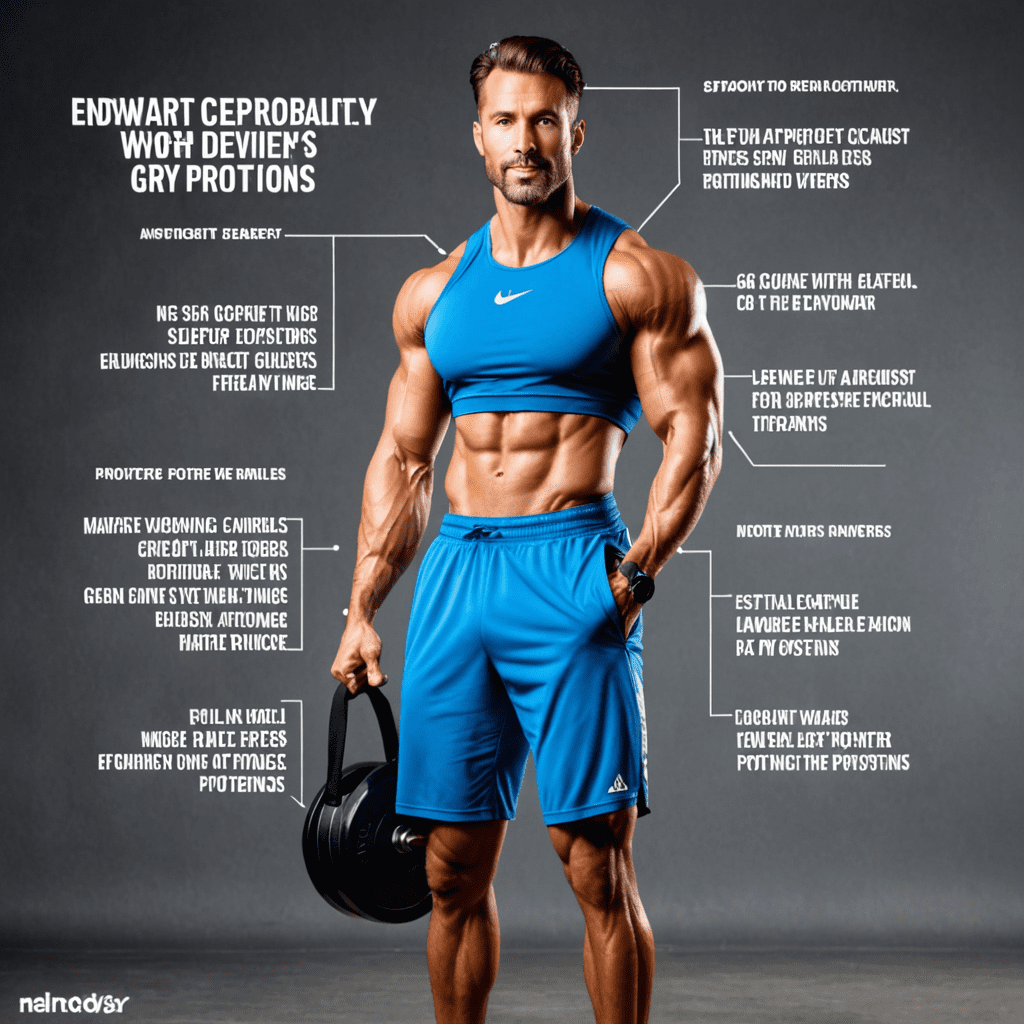
1. Introduction
Achieving well-defined muscles is an aspiration for many fitness enthusiasts. Cardiovascular exercise, often overlooked in muscle-building pursuits, plays a crucial role in enhancing muscle visibility and definition. This article delves into the relationship between cardiovascular exercise and muscle definition, exploring the specific benefits, types, and guidelines for incorporating cardio into a muscle-building regimen.
2. Cardiovascular Exercise and Muscle Definition
Cardiovascular exercise, also known as aerobic activity, involves sustained rhythmic movements that increase heart rate and oxygen consumption. Contrary to popular belief, cardio does not primarily lead to muscle loss. Instead, it supports muscle definition by reducing overall body fat percentage. When body fat is reduced, the underlying muscles become more visible, revealing their contours.
3. Benefits of Cardiovascular Exercise for Muscle Definition
Incorporating cardiovascular exercise into a muscle-building program offers numerous benefits for enhancing muscle definition:
Reduced Body Fat: Cardio primarily burns calories from stored fat, decreasing overall body fat percentage and revealing underlying muscles.
Improved Circulation: Increased blood flow during cardio delivers nutrients and oxygen to muscles, providing energy and facilitating recovery.
Hormonal Effects: Cardio stimulates the release of hormones like norepinephrine and growth hormone, which can enhance muscle growth and definition.
Increased Calorie Expenditure: Cardio elevates calorie expenditure, making it easier to maintain a calorie deficit necessary for muscle definition.
Improved Cardiovascular Health: Regular cardio strengthens the heart and improves overall cardiovascular health, ensuring efficient oxygen delivery to muscles.
6. Sample Cardiovascular Exercise Program
To incorporate cardio effectively into a muscle-building regimen, consider the following guidelines:
- Frequency: Aim for at least 150 minutes of moderate-intensity cardio or 75 minutes of vigorous-intensity cardio per week.
- Intensity: Moderate-intensity cardio involves maintaining a heart rate of 60-70% of your maximum heart rate, while vigorous-intensity cardio involves 70-85%.
- Duration: Each cardio session should last at least 20-30 minutes.
- Type: Choose activities you enjoy, such as brisk walking, jogging, swimming, or cycling.
7. Nutrition Considerations
To optimize cardiovascular exercise for muscle definition, consider the following nutrition guidelines:
- Calorie Intake: Maintain a calorie deficit to reduce body fat while preserving muscle mass.
- Protein Intake: Consume adequate protein (1.6-2.2 grams per kilogram of body weight per day) to support muscle growth and repair.
- Carbohydrates: Include complex carbohydrates in your diet to fuel cardio workouts and aid recovery.
- Hydration: Stay well-hydrated before, during, and after cardio sessions.
8. Rest and Recovery
Adequate rest and recovery are crucial for muscle definition. Allow sufficient rest between cardio sessions and ensure 7-9 hours of quality sleep each night. Active recovery, such as light stretching or yoga, can also aid in recovery while promoting flexibility.
9. Safety Considerations
Before starting any cardiovascular exercise program, consult with a healthcare professional to determine the appropriate intensity and duration for your fitness level. Monitor your body's response and adjust as needed. Listen to your body and rest when necessary.
10. Conclusion
Cardiovascular exercise is an essential component of a comprehensive muscle-building program. By reducing body fat, improving circulation, and supporting hormonal adaptations, cardio enhances muscle definition and visibility. Incorporating a well-rounded cardio program, along with proper nutrition, rest, and recovery, can help you achieve your muscle-building goals effectively and safely.
FAQ
Q: Can cardio harm muscle gains?
A: No, when performed in moderation, cardio supports muscle definition without compromising muscle mass.
Q: Is it necessary to do cardio every day?
A: Aim for at least 150 minutes of moderate-intensity cardio per week, but frequency can vary depending on individual goals and fitness levels.
Q: Is high-intensity interval training (HIIT) better for muscle definition than steady-state cardio?
A: Both types of cardio can support muscle definition, but HIIT may be more time-efficient.
Q: Should I do cardio before or after weightlifting?
A: There is no definitive answer, but performing cardio after weightlifting may help reduce muscle soreness.
Q: How can I make cardio more enjoyable?
A: Choose activities you find enjoyable, such as dancing, swimming, or cycling, and incorporate variety into your routine.


